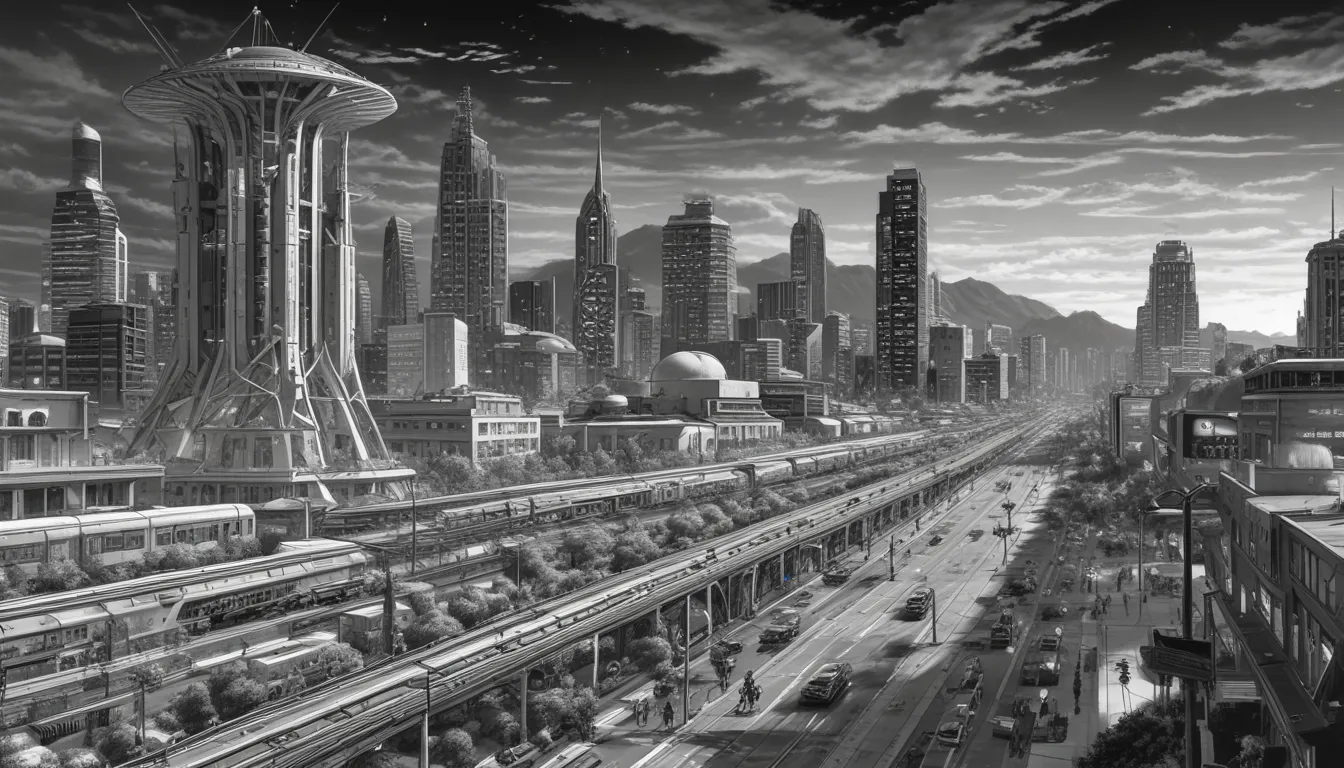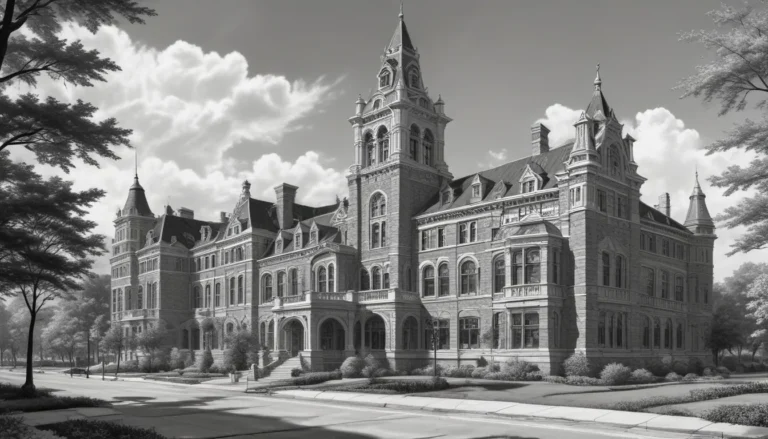The images in our articles are for illustrative purposes only and may not exactly match the content. They are intended to capture your interest and complement the text, not to replace it.
Welcome to Santa Clara, California, a city nestled in the heart of Silicon Valley known for its technological advancements and vibrant community. As we delve into 13 fascinating facts about transportation and infrastructure in Santa Clara, we uncover the city’s commitment to connectivity, accessibility, and progress. From its extensive network of transportation options to its sustainable urban development strategies, Santa Clara’s infrastructure plays a pivotal role in shaping the city’s identity and supporting its thriving economy.
Unveiling the Transportation Landscape of Santa Clara
-
Santa Clara Valley Transportation Authority (VTA): The VTA operates public transit services in Santa Clara, offering bus, light rail, and paratransit services to connect residents and visitors to various destinations within and around the city. With an extensive network of routes and stops, the VTA plays a crucial role in the transportation infrastructure of Santa Clara, California.
-
San Jose International Airport: Serving as a major gateway to the Silicon Valley region, the San Jose International Airport facilitates connectivity and accessibility for travelers to Santa Clara and its surrounding areas. Offering domestic and international flights, the airport is an essential component of the city’s transportation network.
-
Major Highways: Santa Clara is intersected by major roadways, including the US 101 and Interstate 880, enabling efficient movement of people and goods within the city and providing critical links to neighboring regions. These highways strategically position Santa Clara for economic development and enhanced accessibility.
Embracing Sustainable and Inclusive Transportation Initiatives
-
Caltrain Commuter Rail: Caltrain serves Santa Clara with multiple stations, offering commuters a convenient and sustainable transportation option connecting the city to San Francisco and the broader Bay Area. The presence of Caltrain stations enhances mobility and accessibility for residents and the workforce.
-
Bicycle Lanes and Pedestrian Pathways: With a focus on promoting eco-friendly commuting and fostering an active community, Santa Clara has invested in developing designated bike lanes and pedestrian pathways. These enhancements contribute to a healthy lifestyle and encourage alternative modes of transportation.
-
Smart Traffic Management Systems: Santa Clara integrates innovative traffic management systems utilizing advanced technologies to optimize traffic flow, enhance safety, and reduce congestion. These smart infrastructure solutions demonstrate the city’s commitment to efficient and sustainable transportation practices.
Nurturing Sustainability and Tech Innovation
-
Promoting Sustainable Transportation: Initiatives promoting electric vehicle adoption, expanding public transit options, and advocating for eco-friendly commuting practices showcase Santa Clara’s proactive approach to sustainable transportation. These efforts align with environmental conservation goals and contribute to reducing the city’s carbon footprint.
-
Supporting the Tech Industry: As a hub for technology and innovation, Santa Clara’s transportation infrastructure plays a vital role in facilitating the movement of tech professionals, commuters, and goods essential to the region’s thriving industry. The city’s strategic transportation network supports the seamless functioning of the tech ecosystem.
Enhancing Resilience and Accessibility
-
Infrastructure Resilience: Santa Clara invests in projects aimed at fortifying transportation systems against potential disruptions, such as natural disasters and emergencies. These initiatives enhance the city’s preparedness and adaptability, ensuring continuous transportation services for residents and visitors.
-
Modern Public Transit Amenities: The city’s public transit infrastructure incorporates modern amenities, including transit centers, shelters, and digital information displays, enhancing the overall transit experience for passengers. These features prioritize comfort, convenience, and accessibility for public transportation users.
Fostering Inclusivity and Tourism
-
Inclusive Infrastructure: With a focus on ensuring equitable access for all residents, Santa Clara’s transportation infrastructure includes provisions for individuals with disabilities, senior citizens, and diverse communities. This commitment to inclusivity underscores the city’s dedication to serving the needs of its entire population.
-
Supporting Tourism: Efficient connections to tourist destinations, hotels, and event venues contribute to visitors’ seamless travel experiences, enhancing Santa Clara’s appeal as a vibrant tourism destination. The city’s transportation infrastructure plays a vital role in supporting tourism and hospitality industries.
Conclusion: Shaping the Future of Santa Clara
Santa Clara’s commitment to sustainable and innovative transportation practices underscores its dedication to efficient, accessible, and environmentally friendly infrastructure. As the city continues to thrive and evolve, its investment in modernizing transportation networks and infrastructure will shape its future growth and development. From public transit options to urban planning strategies, Santa Clara stands as a shining example of a city prioritizing connectivity, sustainability, and progress in its transportation and infrastructure systems.






